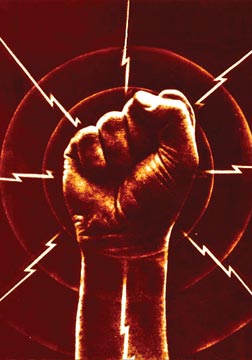Monday, February 4, 2013
5:00 p.m.
Room 201 O’Shaughnessy Hall
SPEAKERS:
Melissa Dinsman
(2012-2013 NDIAS Graduate Fellow, Ph.D. in Literature Program, University of Notre Dame)
War on the Air
MacLeish and Welles’s Spectacular Events
Although the term spectacle is usually associated with sight and public exhibitions, such as theater, sport, religion, and even war, with the emergence of aural communications technology at the turn of the twentieth century, in particular radio, new ways of thinking about sight and its connection to sound also emerged. The power of what I am calling “aural spectacle” is particularly noticeable in the audience reactions to WWII radio dramas, particularly those that fall under the heading of “air-raid” dramas. These broadcasts, intended as both entertainment and propaganda, brought vivid images of war into American listeners’ living rooms, thereby making both the outside world and private homes terrifying sites of conflict. Two of the most famous contributors to this genre were Archibald MacLeish and Orson Welles. Through a discussion of their highly successful air-raid dramas, I hope to invite conversation about the role of aural spectacle in the literary arts and propaganda and challenge the notion that spectacular images are seen and not heard.
Olivier Morel
(Ph.D. in Literature Program/Romance Languages and Literatures, University of Notre Dame)
The Other Theatre of Operation. Graphic Violence and Invisible Wounds
Beyond the Spectacles of the War
During the past decade or so, many graphic novels and animation films have shown the current war(s) in ways that are significantly transforming the representations of war. These graphic novels and films (Tardi, Maël, Emmanuel Guibert, Joe Sacco, Richard E. Robbins, Ari Folman…) have something in common: the idea that a certain violence remains invisible and that beyond the visibility of the war on its theatre of operations, beyond the graphic representations, there are other forms of violence induced by modern conflicts that deserve attention. We will confront these examples with the tendency to avoid graphic representations of the war in several recent documentary films made about the war in Iraq (“Loin d’Irak,” “Poster Girl,” “The Invisible Wound,” “Where Soldiers Come From”…) as well as one documentary made about a former soldier of the Israeli army (“Z32”).
